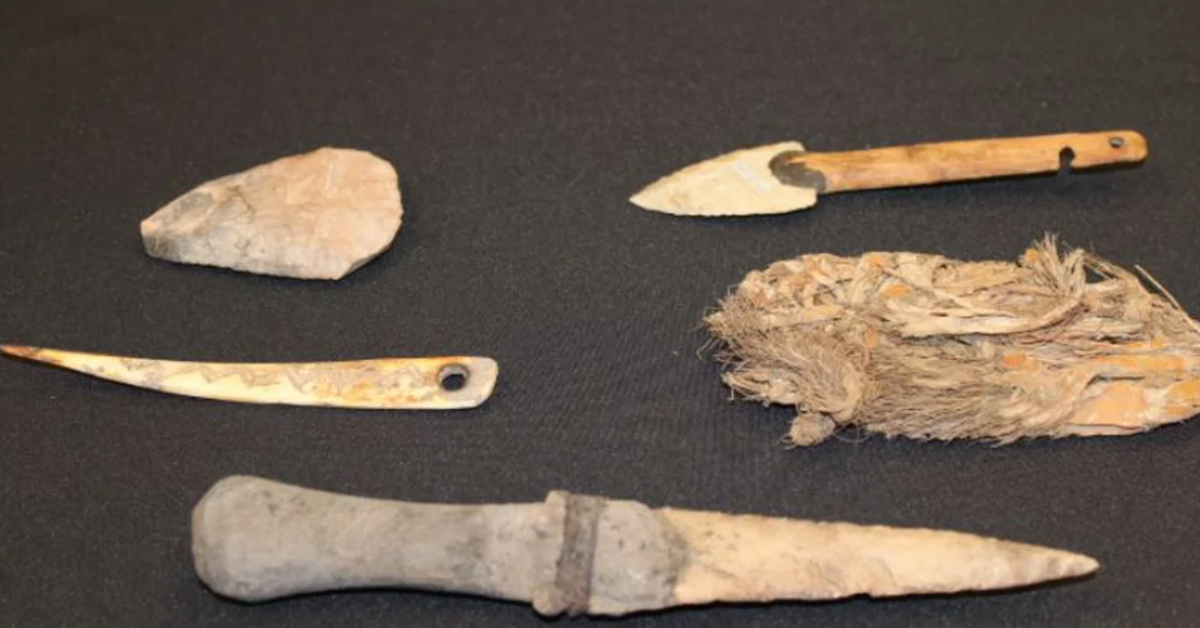Mexico received 428 archaeological objects from the United States dating from the Late Postclassic period (900-1600 AD), associated with desert cultures settled in northern Mexico and the southern United States, reported authorities from the Federal Ministry of Culture.
"The Federal Ministry of Culture, through the National Institute of Anthropology and History (INAH), received 428 archaeological goods from the United States from the Ministry of Foreign Affairs (SRE)," the agency said in a joint statement.
According to the Mexican authorities, the batch of objects was delivered by the Mexican Consulate in Portland, Oregon, and received . . .






